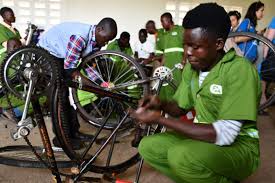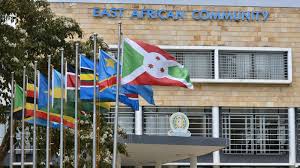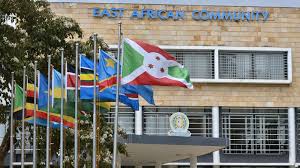At the start of 2022, Uganda was already hosting over 1.5 million refugees, making it the largest refugee-hosting country in Africa. By September of the same year, nearly 100,000 new arrivals—mainly from South Sudan and the Democratic Republic of Congo—had entered Uganda, placing enormous pressure on the humanitarian system.
Despite Uganda’s progressive refugee policy, which allows freedom of movement, access to land, and the right to work, many refugees remain marginalized economically, struggling to find sustainable livelihoods.
Our recent study, based on socioeconomic data collected by the World Bank and Uganda Bureau of Statistics (2018), sheds light on the persistent challenges and offers a roadmap for improving refugees’ economic integration.
The Employment Divide: Gaps That Persist Over Time
The data reveals stark employment disparities between refugees and Ugandan nationals:
• Employment rate gap: 35 percentage points
• Labour force participation gap: 27 percentage points
• Even after 10 years, refugees still face a 20 percentage point gap in employment compared to nationals
This means that while time helps narrow the gap, it never fully closes, highlighting the need for earlier, targeted interventions.
Poverty Despite Work
Even when refugees do find jobs, they often remain impoverished. Working refugees are:
• 1.75 times more likely to fall below the poverty line compared to nationals
• Often underemployed, especially those with intermediate or high skill levels
• Frequently subjected to professional downgrading due to non-recognition of prior qualifications
For example, 85% of intermediate-skilled refugees and 79% of high-skilled refugees accept jobs below their skill level.
This results in missed opportunities for both the refugees and the Ugandan economy.
Youth and Women: Facing the Greatest Barriers
The situation is even more severe among youth and women:
• Youth unemployment among refugees is three times higher than among national youth (44% vs 14%)
• Refugee women face larger employment gaps compared to their male counterparts and to Ugandan women
With Uganda’s population expected to produce 600,000 new jobseekers annually by 2040, failure to economically empower refugee youth risks deepening cycles of poverty for generations.
What’s Holding Refugees Back?
Several key barriers contribute to these disparities:
1. Lack of early skills assessment and job matching
2. Non-recognition of foreign qualifications
3. Limited access to formal education and vocational training
4. Lack of awareness about refugees’ right to work among employers
5. Insufficient job search support networks for refugees
Only 21% of Ugandan employers know that refugees can move freely, and just 23% know they are legally allowed to work. This misinformation severely limits job opportunities for refugees.
Policy Recommendations: Unlocking Refugees’ Potential
To address these barriers, the following five key policy actions are recommended:
1. Assess and Match Skills Early
• Introduce standardized skills assessments during refugee registration
• Provide early access to job matching and employment services
• Invest in digital tools for profiling and connecting refugees with opportunities
2. Recognize Refugees’ Qualifications
• Implement regional and cross-border accreditation systems
• Advocate for mutual recognition of qualifications, especially within the East African Community
3. Link Youth to the Labour Market
• Expand TVET (Technical and Vocational Education and Training) programmes
• Promote second-chance education for school dropouts
• Combine classroom and on-the-job training to boost real-world skills
4. Invest in Education and Financial Support
• Increase secondary school completion among refugees (currently only 11% vs 24% for nationals)
• Provide scholarships, subsidies, and cash transfers to help families keep children in school
5. Raise Awareness on Right to Work
• Launch targeted employer outreach campaigns
• Simplify and review work permit processes
• Partner with private sector actors to foster refugee hiring practices
Conclusion: From Survival to Self-Reliance
Uganda’s refugee policy is often cited as a model for the world. However, this progressive legal framework alone cannot overcome the structural barriers that limit refugees’ economic inclusion.
To move from survival to self-reliance, a multi-faceted and inclusive approach is needed—one that values refugees’ skills, fosters collaboration with employers, and provides young people, especially women, with the tools they need to thrive.
With the right investments and reforms, Uganda has the opportunity to turn the refugee challenge into a development opportunity—for refugees and host communities alike.



